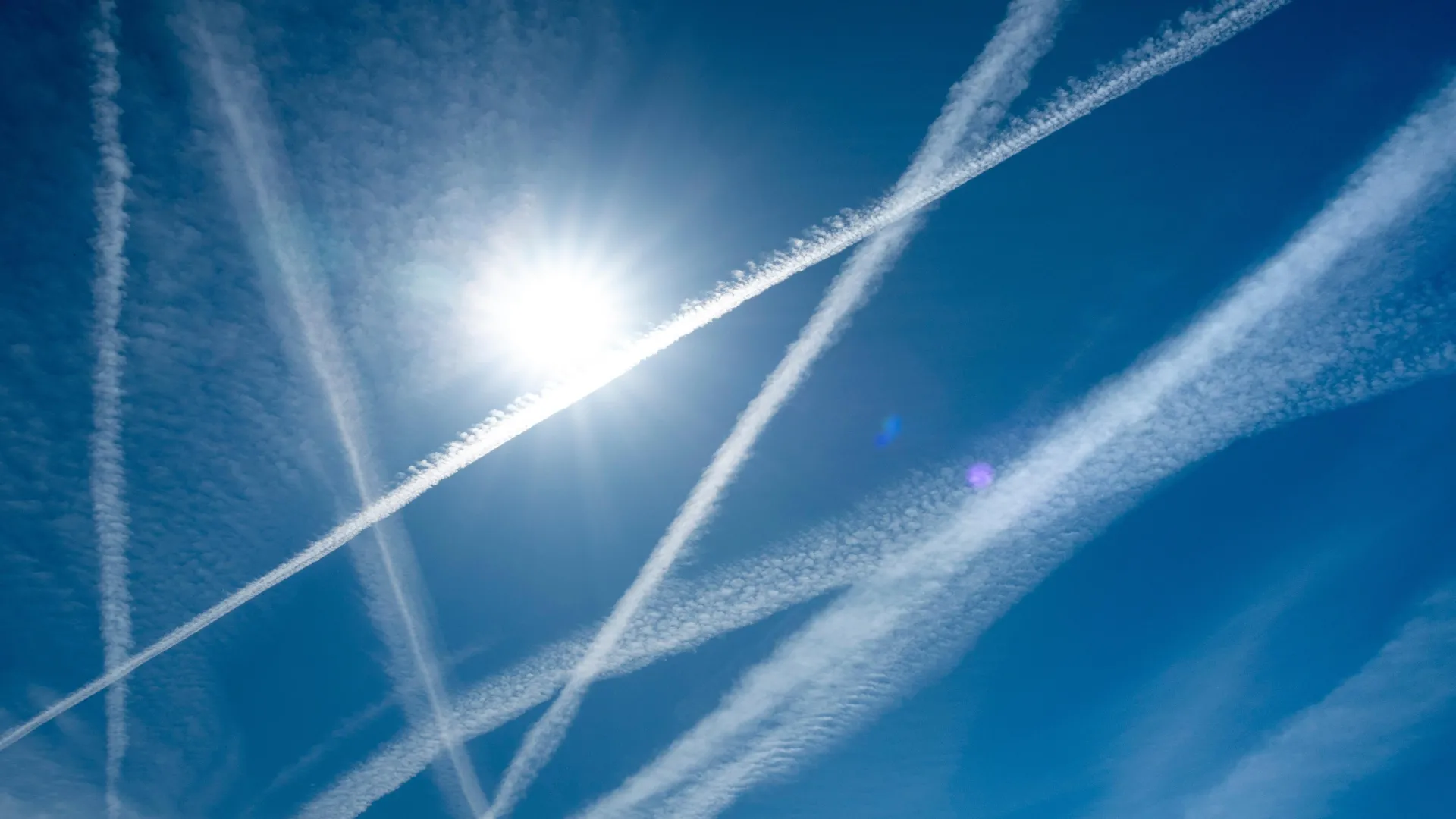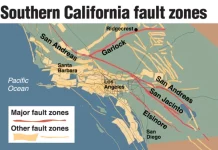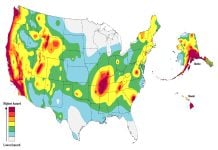
Dimming the Sun Could Spark Global Chaos
An idea once dismissed as sci-fi—cooling Earth by spraying sunlight-reflecting particles into the stratosphere—is now being taken seriously. Hundreds of models say it might work. But a new analysis from Columbia University argues the real world refuses to cooperate: physics, geopolitics, economics, and chemistry all conspire to scramble those neat results.
“Models use perfect particles in perfect places at perfect times. Reality doesn’t.” — V. Faye McNeill, atmospheric chemist, Columbia Climate School
What the study actually says
Published in Scientific Reports, the work lays out practical constraints that could derail SAI:
- Where & when matters: Altitude, latitude, and season change outcomes dramatically. Polar releases could disrupt tropical monsoons; equatorial releases might warp jet streams.
- Logistics & politics: Effective SAI requires centralized, coordinated governance. On Planet Earth™? Good luck.
- Materials reality check: Even if sulfate is swapped for “better” minerals, availability, cost, and behavior in air often kill the vibe.
Volcanoes: the blueprint—and the warning label
Everyone cites Pinatubo (1991): a short-term global cooldown and… the fine print. Monsoon disruptions, ozone impacts, and regional rainfall changes followed. Artificial sulfate could bring acid deposition and more. Nature’s demo came with side effects.
“Better” particles? Cool optics, brutal logistics
Proposals include calcium carbonate, alpha-alumina, rutile/anatase titania, cubic zirconia—even diamond. On paper, some scatter sunlight like champs. In reality:
- Scarcity & cost: Diamond? Lol. Zirconia/titania? Costs spike with demand.
- Clumping: To work, particles must stay < 1 μm. Minerals tend to aggregate, trashing their optical performance and adding unpredictable behavior.
- Sulfate vs the rest: Alternatives may not beat sulfate once you factor in real aerosols instead of perfect spheres.
Why this could go sideways—fast
- Climate whiplash: Overshoot, undershoot, or regional weather chaos (monsoons, jet streams).
- Termination shock: Start SAI, get dependent, then stop—rapid warming rebound.
- Geopolitical roulette: Who sets the global thermostat? Asymmetric impacts = international conflict bait.
- Moral hazard: Politicians press snooze on emissions cuts because “aerosol fix soon.”
“It isn’t going to happen the way that 99% of these papers model.” — Gernot Wagner, climate economist, Columbia Business School
So… should we never touch SAI?
The authors don’t say “never.” They say: face the messy reality. If SAI is ever considered, it demands transparent governance, cautious trials, rigorous monitoring, and zero excuses to delay deep emissions cuts. There’s no cheat code for the climate boss level.
Related on Strange Sounds
FAQs
What is SAI?
Stratospheric aerosol injection: releasing reflective particles high in the atmosphere to bounce some sunlight back to space and cool the planet.
Why is it risky?
Real deployments may disrupt monsoons, shift jet streams, stress food & water systems, and create geopolitical flashpoints.
Are there safer particles than sulfate?
Alternatives exist on paper, but many are scarce, costly, or clump into sizes that reduce cooling and increase uncertainty.
Does SAI replace emissions cuts?
No. SAI can’t fix CO2 buildup, ocean acidification, or long-term warming—at best a risky temporary crutch.
💌 If this helped you, support Strange Sounds: PayPal · Donorbox
📰 Subcribe to the Strange Sounds Newsletter! You will love it!
Journal reference
Miranda Hack, V. Faye McNeill, Dan Steingart, Gernot Wagner (2025). Engineering and logistical concerns add practical limitations to stratospheric aerosol injection strategies. Scientific Reports 15(1). DOI: 10.1038/s41598-025-20447-2.













This should never be done unless under a death wish by its creators. Meaning, if they get it wrong they are to DIE….. first!